Going beyond the view that the remote Northwest region passively receives history due to its geographical location far from the center of power, the author affirms the special role of the place where the Da River flows as a space containing many different territories, a buffer zone between empires and kingdoms, an active subject in shaping the space of power and regional identity, so "it is a story worth telling".

Book published by Omega+ Books and Hong Duc Publishing House, translated by Thanh Thu
PHOTO: Publishing House
The work is not simply a local history monograph, but is truly a "compilation" that shows a comprehensive picture of this area as a meeting place of history, cultural flows as well as human destiny. For that reason, the Da River in the author's view is not only a geographical factor but also contains interesting intersections between power, culture and multi-ethnic communities.
In each chapter of the book, Philippe Le Failler shows chronologically the turbulent history of the Da River region, from the influence of China in the north, the Laotians in the west, to the Montagnard chiefs and the French colonialists. Not stopping there, he also traces the history of clans and families such as that of the Deo Van Tri chief to clarify these changes. In the book, the author relied on the "documents" left by previous governments to sketch out the whole picture.
Source: https://thanhnien.vn/goc-nhin-moi-ve-noi-song-da-chay-qua-185250723221746549.htm





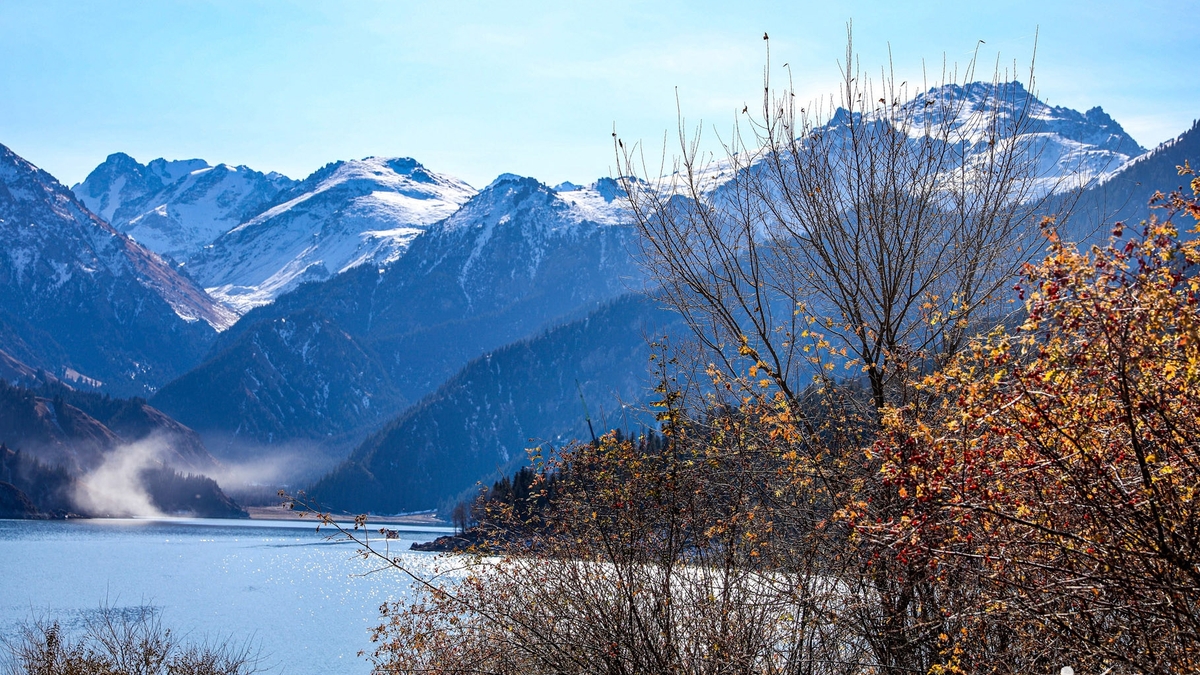


























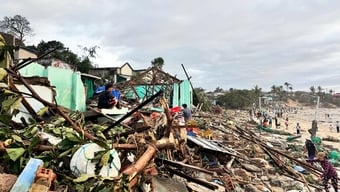






![[Photo] "Ship graveyard" on Xuan Dai Bay](https://vphoto.vietnam.vn/thumb/1200x675/vietnam/resource/IMAGE/2025/11/08/1762577162805_ndo_br_tb5-jpg.webp)



![[Video] Hue Monuments reopen to welcome visitors](https://vphoto.vietnam.vn/thumb/402x226/vietnam/resource/IMAGE/2025/11/05/1762301089171_dung01-05-43-09still013-jpg.webp)






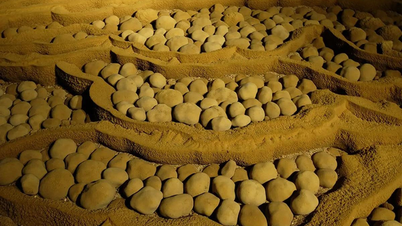

























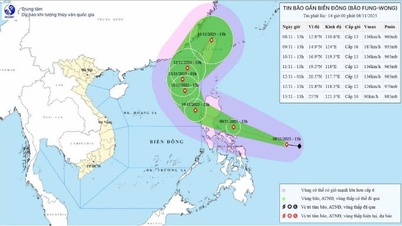






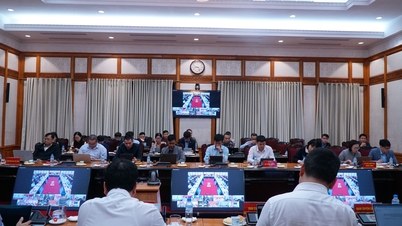




























Comment (0)